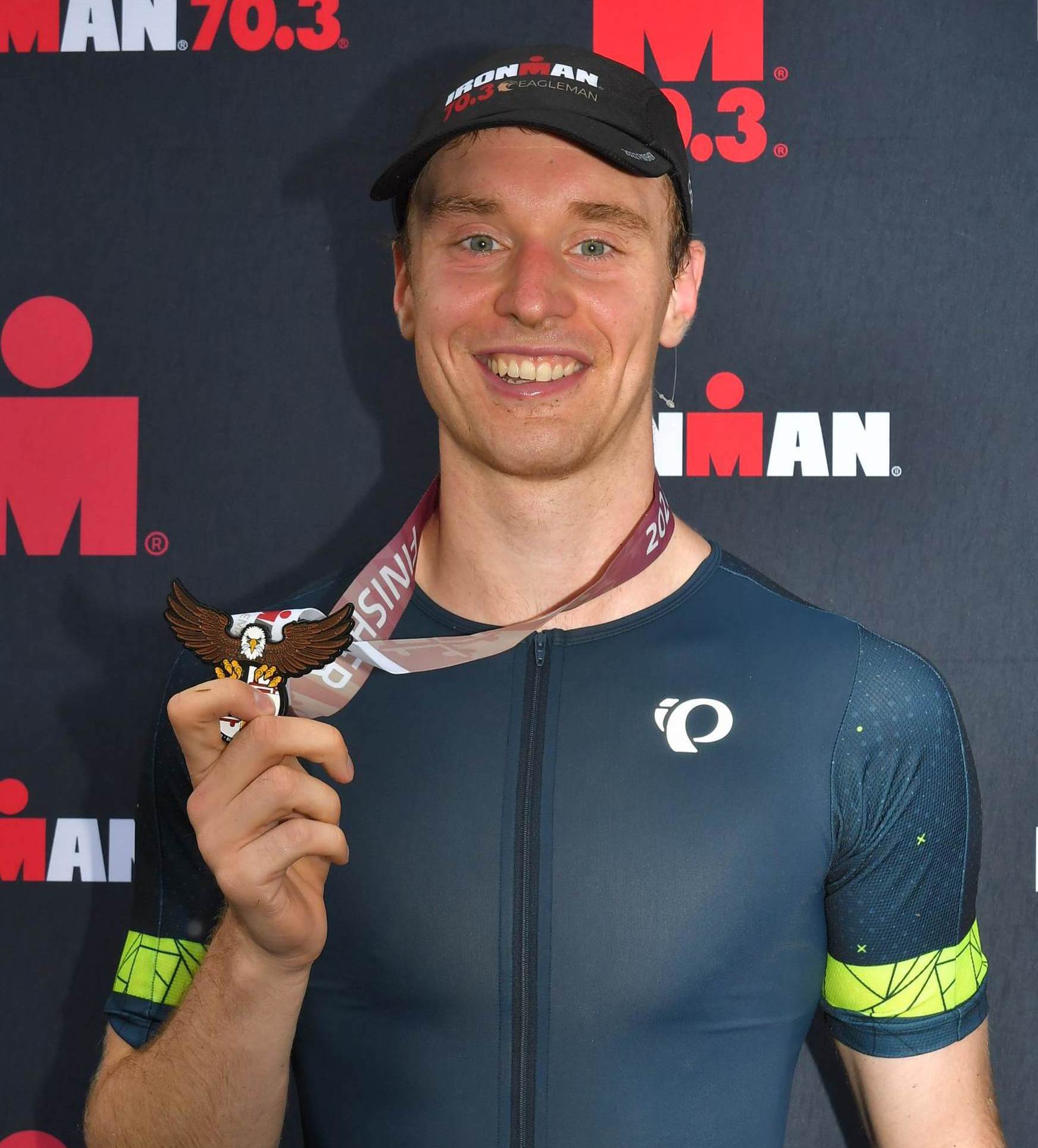Three Freestyle Mistakes That Lead to Swimmer's Shoulder
Avoid these technique mistakes to prevent shoulder pain
When it comes to eliminating swimmer’s shoulder, focusing on your technique is one of the most important things you can do.
Every time you swim, you take hundreds, even thousands, of strokes. Because of this, small technique errors can add up over time and cause you to have pain in your shoulders.
As a physical therapist who specializes in working with swimmers, I’ve found that making simple adjustments to your stroke can have an immediate effect on how your shoulders feel in the pool. Working on your technique will not only help get rid of your shoulder pain, but it will also make you more efficient in the water and help prevent future injuries.
Here are three of the most common stroke errors Masters swimmers make, how those mistakes can contribute to swimmer’s shoulder, and what drills you can do to fix these technique errors.
Crossing Midline During Your Pull
Your midline extends from your head to your toes, dividing your body into two halves lengthwise. The goal is to make sure your hand doesn’t cross that imaginary line as you pull. Crossing your midline places your shoulder in a position where your rotator cuff muscles aren’t as strong. This leads to the muscles around the shoulder having to work harder. As a result, you fatigue much faster. This increase in fatigue places your shoulder in a compromised position, increasing your risk of injury.
Correcting midline crossover can be a challenge because your brain will think your hand entry and pull are in line with your shoulders, but if you have someone shoot a video of your stroke, you’ll see immediately that you aren’t as wide as you think you are. The trick is to exaggerate how wide you enter and pull. Try incorporating 100-200 yards of over exaggerating the wide hand entry and pull into your workouts. Check in with video until you achieve the correct position in line with your shoulders.
Thumb-First Entry
When you enter the water with your thumb first, you’re increasing the amount of internal rotation in your shoulder.
This increase in internal rotation with your arms overhead can limit how far you can lift your shoulders. Doing this also places your shoulder in a position where the muscles around that area aren’t as strong. Considering how much you lift your arms overhead when swimming, this combination of decreased strength and mobility can wreak havoc on your shoulders.
If you have a thumb-first entry, the best way to correct is to exaggerate in the other direction. As with the crossover correction, you’ll need to exaggerate the movement to learn the proper form. Practice entering the water with your pinky first, which should flatten out your hand to the correct position. Entering the water with your hand flat will give your shoulder more strength and mobility, making you more efficient in the pool and decreasing your shoulder pain. It’s important to note that you don’t want to actually enter the water with your pinky, it’s just a tool to bring you back from thumb entry to a flatter position, which is the best position to set up a good pull.
Lack of Body Rotation
The amount of rotation during freestyle is a common cause of pain during the recovery part of the stroke.
If you swim flat on the water, you must extend your arm farther back past your body to recover. This increased arm movement increases the amount of stress on the front of your shoulder because you’re unable to engage some of the key muscles around the shoulder blade. Doing this hundreds of times during a workout can lead to your rotator cuff and biceps becoming irritated and inflamed.
If you increase the amount of body rotation during your stroke, your elbows will be in line with your shoulders. Keeping your elbows and shoulders in line will allow you to better use the muscles around your shoulder blades, taking stress off your rotator cuff and biceps, giving your shoulders the strength and endurance they need to swim pain-free.
A drill to help work on proper rotation is 6/3/6 freestyle. Take three strokes and pause on your right side with right arm extended forward and your left arm lying on your left side. Remain in this position for six kicks. Take three more strokes and pause on your left side for six kicks. Incorporate 4-6 x 50s of 6/3/6 freestyle into your warm-up, cool-down, or any other time during your workout.
It's important to work with a medical professional to address any physical limitations that are causing your shoulder pain. It’s also important to work with a knowledgeable coach to ensure you’re addressing any technique mistakes that can be contributing to your pain. When you consider how many strokes you take if you swim regularly, even small technique errors add up. Fixing these three will get you swimming pain-free.
Categories:
- Health and Nutrition
- Technique and Training
















